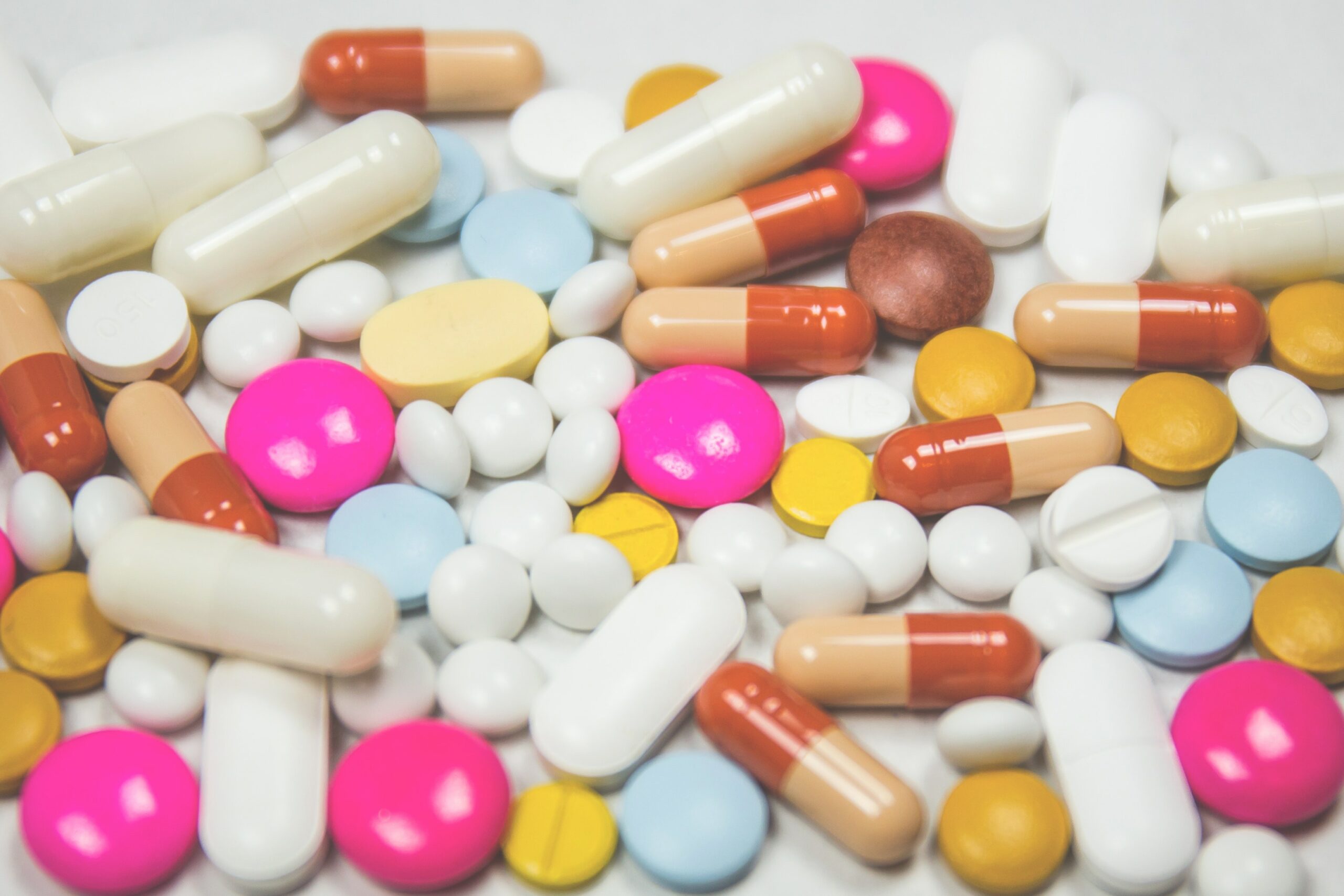If you have celiac disease or non-celiac gluten sensitivity you probably already know how tricky it is to determine whether medications like antidepressants contain gluten. Although the U.S. Food and Drug Administration (FDA) does regulate food and drink labelling, there is currently no similar regulation for over-the-counter and prescription drugs. Legislation has been proposed that could change this, but this is where we are right now. So, in the meantime, how do know if our medications are safe for us to consume?
Potential sources of gluten
The FDA’s food labeling regulations define gluten as “proteins that naturally occur in [wheat, barley, and rye or their crossbred hybrids] and that may cause adverse health effects in persons with celiac disease (e.g., prolamins and glutelins).”
According to draft guidance on labeling medications for gluten that was released by the FDA in 2017, some of the potential sources of gluten in medications include:
Wheat gluten and wheat flour. According to the FDA, wheat gluten itself and wheat flour are “never or very rarely” added as an inactive ingredient in manufacturing drugs. At the time that the draft guidance was published in December 2017, they stated that they were not aware of any medications made in the United States that contained either of these ingredients.
Wheat starch or ingredients derived from it. Gluten can be present in low levels as an impurity in ingredients that are manufactured from wheat, such as wheat starch. However, the starch used in drugs is often corn or potato starch rather than wheat starch. And, when wheat start is used, there is actually very little gluten in it.
Ingredients that might potentially be derived from wheat starch – and therefore could potentially contain gluten – include:
- modified starch,
- pregelatinized starch
- sodium starch glycolate
- starch hydrolysates (e.g., maltodextrin, dextrates, dextrose, maltose, and sugar alcohols such as sorbitol, xylitol, maltitol, and mannitol)
- hydrogenated starch hydrolysates (mixtures of sugar alcohols).
Barley or rye. It is very uncommon for these ingredients to be used in manufacturing drugs.
Ingredients produced through fermentation. This would include ingredients such as ethanol and citric acid, which are made by allowing microbes to feed on carbohydrates such as wheat. The FDA states, however, that the final products are generally so highly purified that they would contain very little gluten.
Wheat germ oil. Certain products that are applied to the skin near the lips might contain wheat germ oil; and, therefore, might contain a small amount of gluten. This would not be applicable to antidepressants.
Cross contamination. If contact were made with gluten at some point during the manufacture, processing, transportation, or storage of the drug, it is possible that a tiny amount of gluten could make its way into it.
So, how much gluten is in medications?
Unless the ingredient is wheat gluten itself or wheat flour, the FDA says that they estimate that the amount of gluten present per dose of any medication would probably not exceed 0.5 mg.
To put this into perspective, this is about the amount of gluten that we might expect to find in a single serving of a cookie that meets the FDA’s regulations for being labeled “gluten-free.”
Further, this amount is significantly less than the range at which gluten is estimated to be found in a gluten-free diet (5-50 mg.)
Based on this, the FDA concludes that people who are doing well on a gluten-free diet are at low risk of having problems due to gluten in their medications.
In their assessment, the FDA also took into account the fact that many people with celiac might be taking multiple medications. And, even under these conditions, they determined that people with celiac would probably ingest much less gluten from drugs than they would from their daily intake of gluten-free food.
The did, however, acknowledge that certain people are more sensitive to gluten and will need to avoid gluten in their medications entirely. In those cases, they suggest reaching out to your physician, your pharmacist, and the drug manufacturer themselves to gain more information about the potential gluten-containing ingredients in your medications. You can also do the research yourself if you know where to look.
Researching which antidepressants contain gluten
One easy way to research just which antidepressants contain gluten ingredients is to search on the DailyMed database.
This database contains all of the labeling information that drug makers have submitted to the FDA.
To get information about your medication’s ingredients, plug the name of the drug into the search box. When the results pop up, select the entry that matches the manufacturer. Finally, scroll down the drug label information until you find the ingredients list.
If you are still unclear about whether your antidepressant contains gluten, keep in mind what the FDA has said about the amount of gluten in drugs. Unless you are very sensitive to gluten, it is unlikely that you will be getting enough from your medications to cause you problems.
However, if you prefer to eliminate gluten as much as possible, your doctor, pharmacist, or the drug manufacturer are the best people to help you troubleshoot any ingredients that you are unsure about.
Photo by freestocks.org from Pexels

